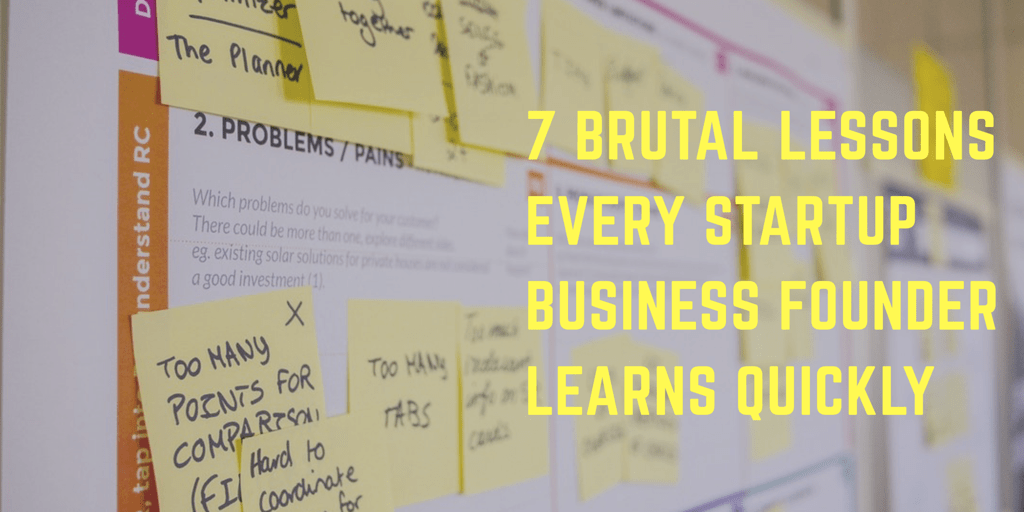What is a pitch deck and do you need it for your business? If you’re new to business you may not know the answer to this. Here’s a guide to help you get started
Now for the good news. Q3 of 2017 was the most active quarter for seed/angel funding since the dot-com bubble burst. In other words, all signs indicate a shift is coming.
It’s time to get prepared. Develop your strategy and your pitch. When that shift happens, you’ll stand first in line to take advantage of the new trend.
Alright.
So, what is a pitch deck? What questions do venture capitalists want you to answer during your pitch? Should you consider anything else before seeking investment?
I’ll answer all of these questions and more in the article below. Read on.
What is a Pitch Deck?
The pitch deck is a brief presentation which is given during an investment pitch. It’s a succinct PowerPoint (or Keynote or Prezi) presentation. It provides interested parties with an overview of your business plan.
Most startups use the deck during face-to-face meetings. With today’s digital technology, it’s just as simple to present your deck online. The choice is yours to make.
How to Create a Pitch Deck
The best pitch decks include the following topics. Each is ranked in order from most important to least. I’ll explain each below:
- Team
- Product
- Problem
- Business Model
- Company Purpose
- Market Size
- Solution
- Competition
- Financials
- Why Now
Team: Describe the people behind the product, and briefly discuss their role in your company.
Product: How does your product (or service) work? Give a few short examples.
Problem: Your target audience struggles with a problem. Your product provides the solution to that problem. Describe the problem in 3 sentences or less.
Business Model: Provide a schedule which outlines how you plan to make money. Include rough deadlines, especially for revenue.
Company Purpose: Tell how your company is different from the competition. What makes you (and therefore your product) stand out?
Market Size: Gain authority by demonstrating the size of your market. Use graphs and statistics. Also, attempt to predict the future of the market. Back up your hypothesis with stats.
Solution: Demonstrate how your product is the solution to your market’s problem. It’s the yang to the problem’s yin.
Competition: Give a brief sketch of the other businesses in your market vying for your target audience. Use specific names for companies of which your investors may have heard.
Financials: Define your planned budget. Show them what kind of money you’re looking for.
Why Now: Frame the reason why this is the right time to sell your product. Show why the market is ripe.
*Note: Each topic may require multiple slides. The trick is to portray your data accurately in as few slides as possible. If this seems confusing, don’t hesitate; contact an advisor who can help you iron out your pitch.
Fine Details
- Lay out some of the nitty-gritty details.
- Keep your deck to twenty slides or fewer
- Use large print
- Focus on infographics, charts, and stats
- Develop a narrative
- Limit your delivery to around three minutes
- Design with a color scheme that’ll reinforce your pitch
Raising money takes time. How much time? According to a study by DocSend, seed money takes twelve and one-half weeks on average.
See the numbers for yourself:
- 0-5 Weeks: 15%
- 6-10 Weeks: 26%
- 11-15 Weeks: 42%
- 16+ Weeks: 17%
These are the take-away points: Few companies who successfully raised seed money did so after fifteen weeks. (One company took forty weeks.) Most successes happened within the first fifteen.
Every company questioned said the process took longer than expected. All the companies that failed to raise seed money gave up fairly early. The average length of time they sought out investors was 6.7 weeks.
In other words, they may have failed from a simple lack of persistence.
Build a Story
If you want to capture your investors’ attention, take them along on a ride. Tell them a story. One so juicy it is hypnotic.
That begins with the order of your slides. I recommend the following. I based it on Sequoia Capitol’s pitch model:
- Company Purpose
- Problem
- Solution
- Why now
- Market Size
- Product
- Team
- Business Model
- Competition
- Financials
Act I: establish the market the way it today. Show your investors that people have a problem which they’re desperate to solve.
This is by far the most important act. If you don’t hook venture capitalists in the first thirty seconds, it’s over. You might as well thank them for their time and say your goodbyes.
Act II: you develop the story arc. Elaborate on your solution. Show why your team is the only team for the job.
You already hooked your investors. Now it’s time to wow them, to make them believe in your product. Show them how it solves the problem you outlined in Act I.
Paint a story depicting your audience’s pain. Then, present your product as the solution. Focus on how their lives will change after they receive the solution.
Fill your deck with mind-blowing statistics. Include emotional keywords and phrases. Build tension until it reaches a breaking point.
Remember, the most successful pitches first entice. Then they rope investors in with rock-solid data.
Act III: you drop the bomb. It’s time for the climax.
This is where you finally release all the tension you’ve been building. You want to save your best for last.
First hit them with something spectacular.
Does your product double as a lifeboat? Have you secretly created a partnership with a big name in your market? Will your team donate its free time to help solve world hunger?
Follow up that colossal surprise with “The Ask.” Tell the investors what you want. Tell them exactly what you want.
A great pitch will have them so worked up that they throw money at you.
After “The Ask,” remind your investors who you are. Give them your startup’s name and your tagline.
Then give them something to remember you by. It might be a physical object or a sincere handshake. Just remember, it’s got to be memorable and set you apart.
What’s Next?
You’ve answered the question, “What is a pitch deck?” What do you do now?
It’s time to get cracking. Call the other decision-makers in your startup. Set up a meeting to hash out your story.
In the meantime, you’ll need to gather up facts and statistics. Focus on those relevant to your product, your market, and your timing.
Before you go, take a few minutes to check out my startup page to get more insight.





